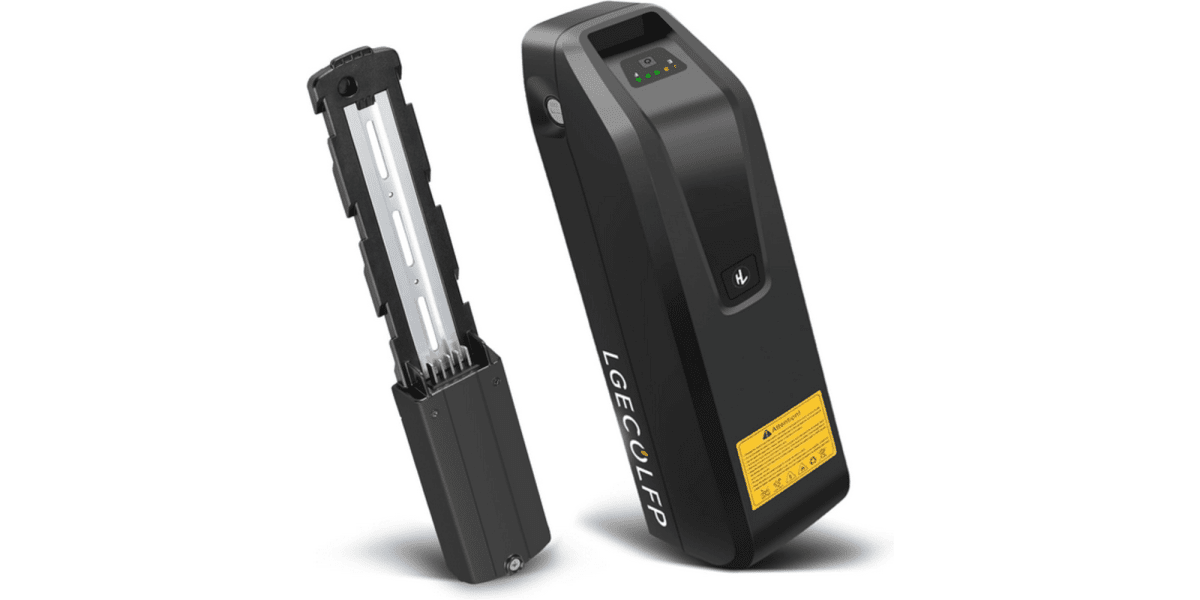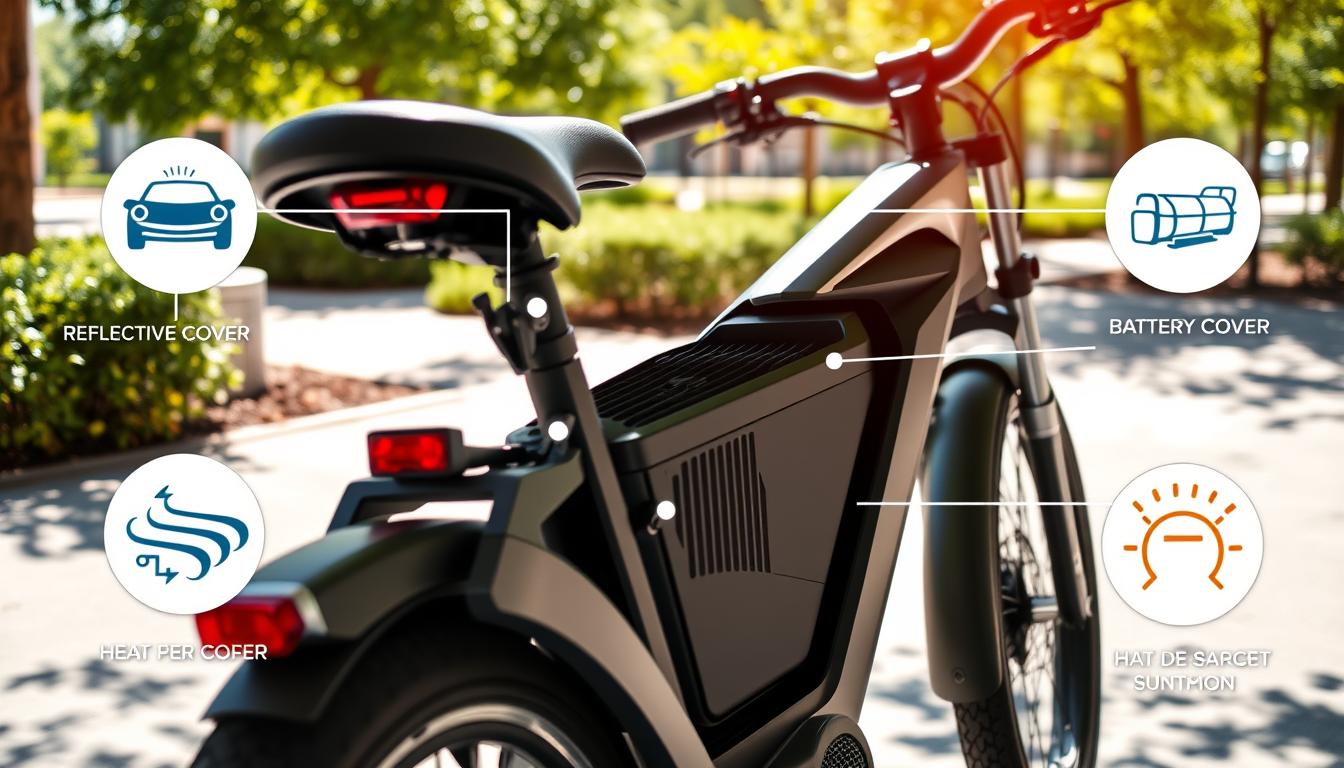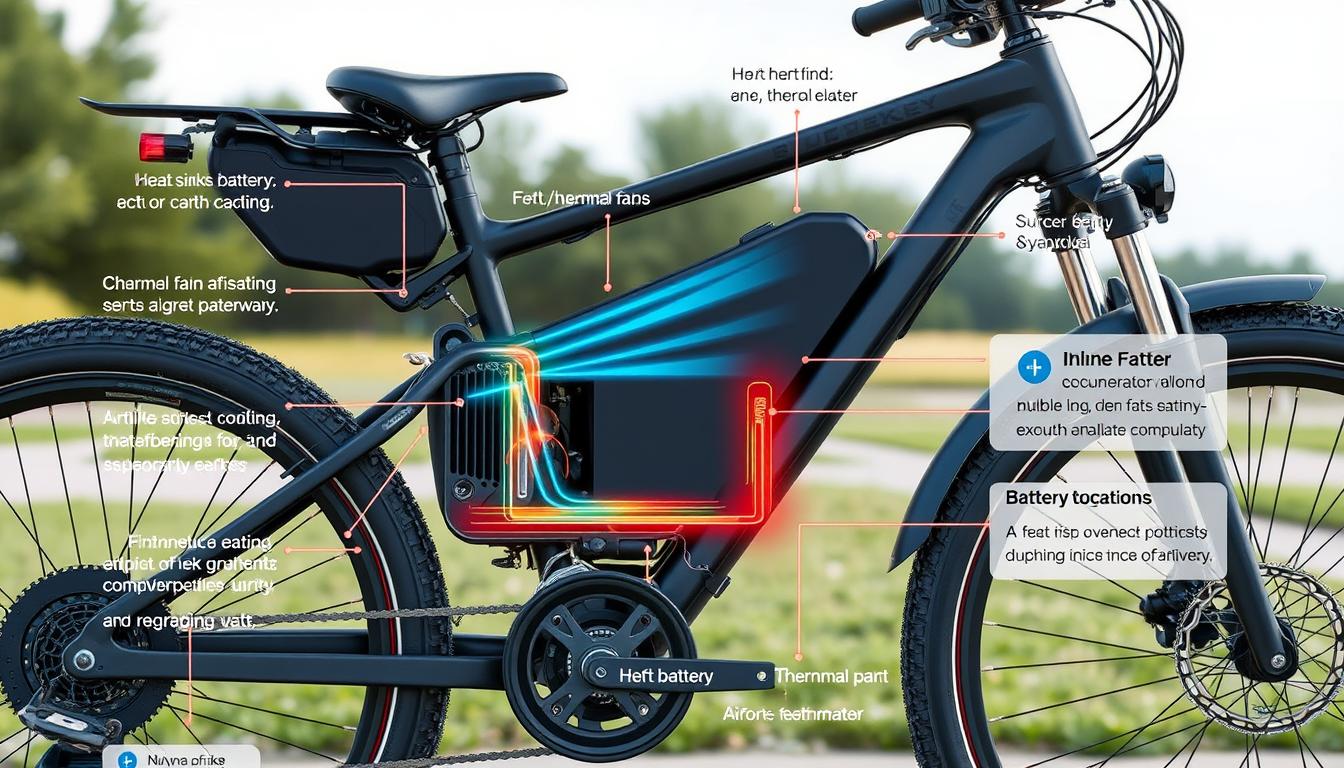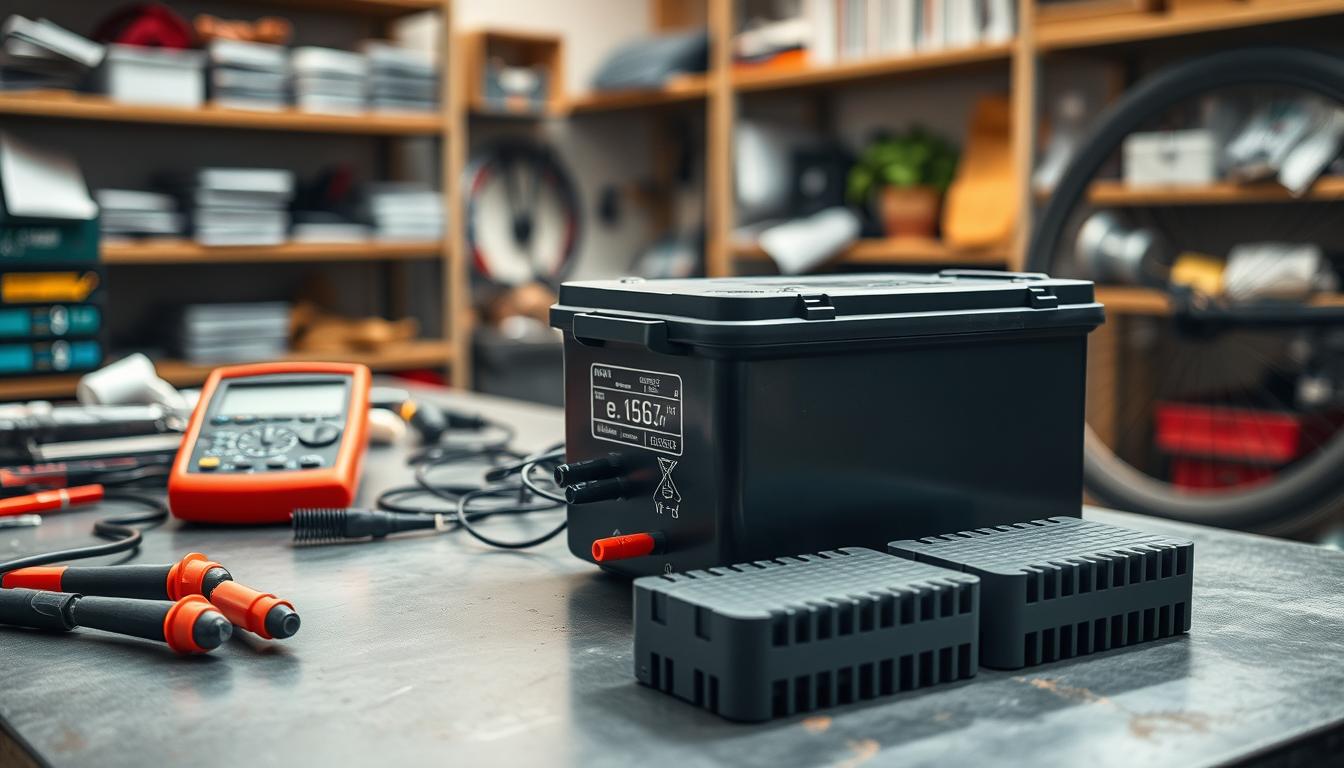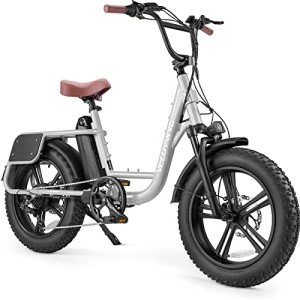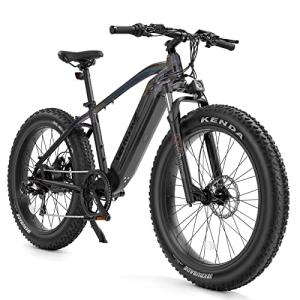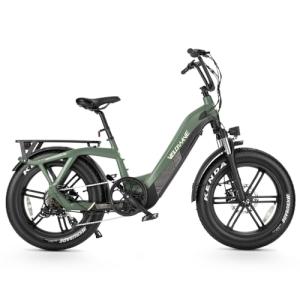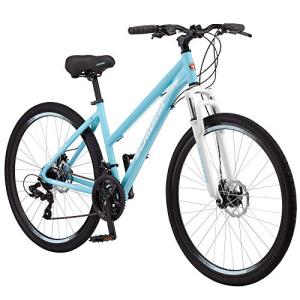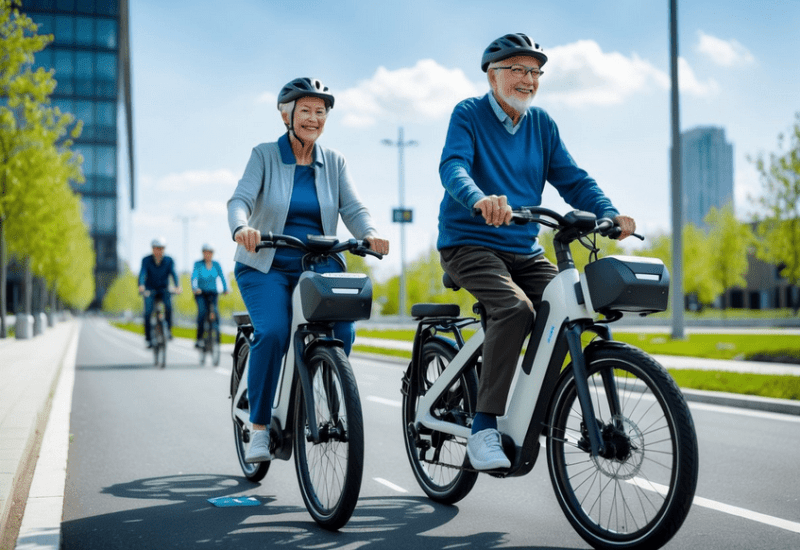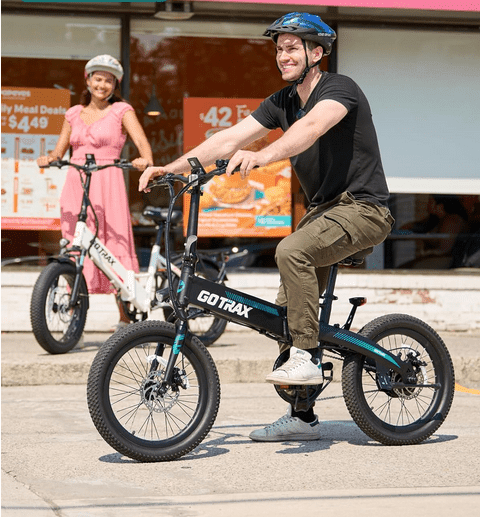Electric bike owners know how important battery health is. Keeping lithium-ion batteries cool is key to avoiding damage. Using the right cooling techniques can make your rides longer and safer.
Managing battery heat is not just about tech—it's about keeping your bike running well. Too much heat can hurt battery performance and even cause permanent damage.
Knowing the dangers of overheating helps you use your electric bike wisely. Many things affect battery temperature, from how you ride to where you store it.
Key Takeaways
- Monitor battery temperature during rides and storage
- Avoid direct sunlight and extreme heat exposure
- Maintain moderate riding speeds to reduce battery strain
- Use pedal-assist mode to minimize battery workload
- Store batteries in cool environments between 10-20°C
- Implement passive cooling techniques during operation
Understanding E-Bike Battery Heat Management
E-bike battery temperature is very important. It affects how well your bike rides and how long the battery lasts. Keeping an eye on the battery's temperature helps avoid problems and makes your bike last longer.
Battery performance is linked to temperature. Lithium-ion batteries work best between 20 and 40°C (68-104°F). Going outside this range can cause big problems.
How Battery Temperature Affects Performance
Temperature is key to how well an e-bike battery works. High or low temperatures can cause issues:
- Less power when going uphill
- Less battery life
- Could be unsafe
- Shortens battery life
The Role of Battery Management Systems (BMS)
A Battery Management System is like a thermal guard for your e-bike. These systems help by:
- Watching cell temperatures
- Stopping overcharging
- Controlling electrical flow
- Stopping dangerous overheating
Critical Temperature Thresholds
| Temperature Range | Battery Performance | Recommended Action |
|---|---|---|
| Below 20°C (68°F) | Reduced Efficiency | Warm battery before charging |
| 20-40°C (68-104°F) | Optimal Performance | Ideal operating conditions |
| Above 40°C (104°F) | Performance Degradation | Cool battery immediately |
Pro tip: Keeping your e-bike battery cool can make your bike run better and safer.
"Understanding your e-bike battery's temperature is key to maintaining its health and performance." - E-Bike Safety Expert
How to Prevent Your E-Bike Battery from Over Heating
Keeping your e-bike battery cool is key. Lithium-ion batteries don't like hot temperatures. It's important to stop overheating to keep your battery working well for a long time.
E-bike battery safety is about knowing how to prevent overheating:
- Avoid direct sunlight exposure during rides and storage
- Monitor battery temperature during extended rides
- Select lower power modes in hot weather
- Plan routes to minimize extreme terrain challenges
Temperature management is critical for preserving battery health and performance. To lower overheating risks, try these simple steps:
- Park in shaded areas during breaks
- Use passive cooling methods
- Limit heavy loads
- Maintain moderate riding speeds
"Preventing battery degradation requires proactive temperature control and smart riding habits."
Using cooling solutions can help your e-bike battery last longer. Think about getting cooling accessories or bikes with built-in heat control. Keeping your battery at the right temperature means your e-bike will work better and last longer.
Common Causes of Battery Overheating in Electric Bikes
E-bike riders need to know why lithium-ion batteries overheat. Managing battery temperature is more than just keeping it clean. It's about keeping your bike safe and ensuring a good ride.
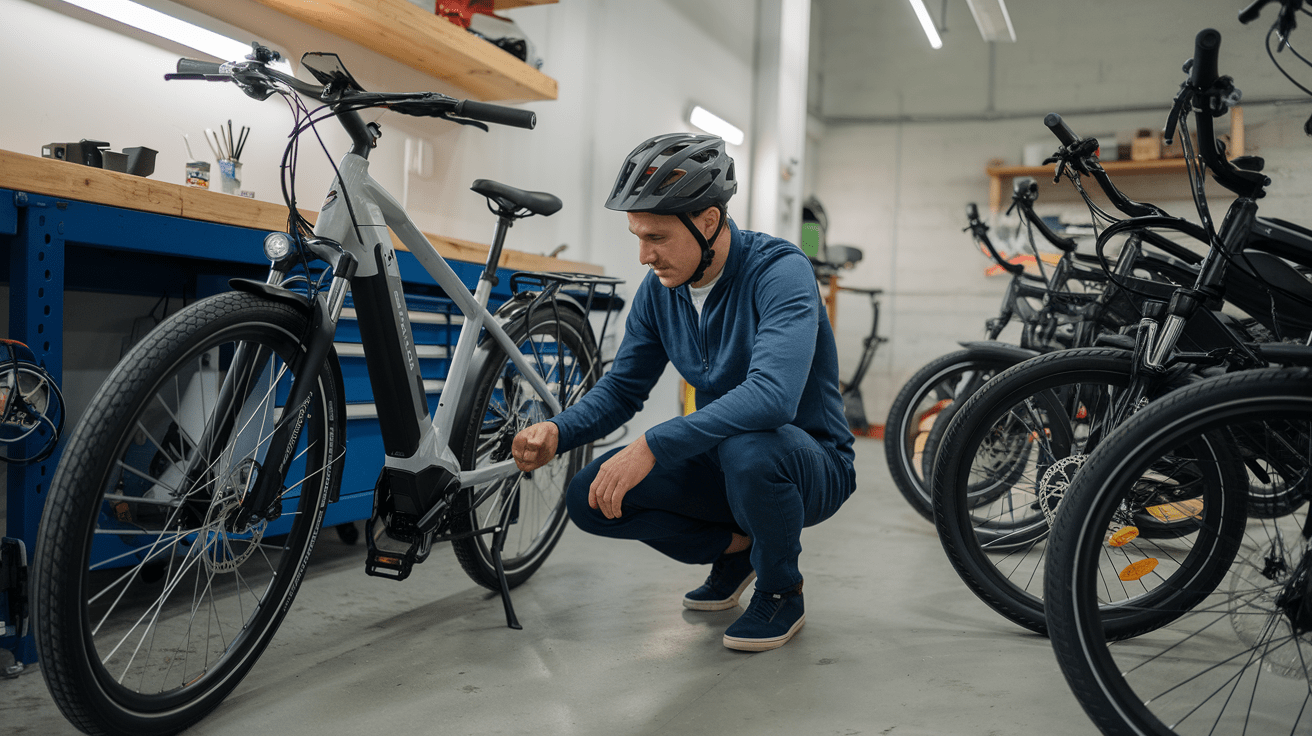
Environmental Factors Driving Heat Generation
Outside conditions greatly affect e-bike battery cooling. High temperatures can make batteries heat up fast. Direct sunlight can also raise the temperature, harming the battery cells.
- Temperatures above 95°F significantly increase overheating risks
- Direct sunlight can raise battery temperature by 20-30 degrees
- Humid environments can compound heat retention problems
Riding Habits and Battery Temperature
Your riding style affects battery temperature. Riding fast or using full power a lot can make the battery hot.
"Moderation is key in preventing e-bike battery overheating"
Load and Terrain Impact
Heavy loads and tough terrain can cause batteries to overheat. Steep hills and heavy cargo also put a lot of strain on the motor and battery.
| Terrain Type | Heat Generation Level | Overheating Risk |
|---|---|---|
| Flat Surface | Low | Minimal |
| Moderate Hills | Medium | Moderate |
| Steep Hills with Heavy Load | High | Significant |
To prevent overheating, use lower power modes and take breaks during hard rides. Also, watch out for the weather. Knowing these tips helps keep your e-bike's battery cool and prolongs its life.
Essential Battery Cooling Solutions and Techniques
Keeping your e-bike battery at the right temperature is key. It helps your battery last longer and keeps it safe. Electric bike batteries get hot when you ride, which can hurt performance and cause damage if not cooled.
There are smart ways to keep your battery cool. This stops it from swelling up or overheating. Here are some easy tips to keep your e-bike battery at a good temperature:
- Invest in e-bikes with built-in cooling features
- Use external cooling accessories like heat sinks
- Implement natural airflow techniques
- Monitor battery temperature regularly
How you ride affects your battery's temperature. Moderate speeds and avoiding extreme stress can naturally reduce heat generation. Here are more ways to cool your battery:
| Cooling Method | Effectiveness |
|---|---|
| Shade Parking | High |
| External Cooling Fans | Medium |
| Temperature Regulators | High |
Pro Tip: Always give your battery time to cool down after intense riding sessions.
Prevention is the best approach. Regular checks and early cooling can make your e-bike battery last longer and make riding safer.
Best Practices for Battery Storage and Charging
Keeping your e-bike battery cool is key to its performance and life. Knowing how to store and charge it right can make your battery last longer and help avoid heat problems.
Optimal Storage Conditions
Smart storage is the first step in cooling your electric bike battery. Experts say to store your lithium-ion battery in certain conditions:
- Store at temperatures between 10°C and 25°C (50°F to 77°F)
- Maintain a charge level between 30% and 80%
- Keep batteries away from direct sunlight
- Choose a dry, cool location with a stable temperature
Smart Charging Guidelines
Controlling battery temperature while charging is vital. It helps avoid overheating and keeps your battery working well. Here are some smart charging tips:
- Use only manufacturer-approved chargers
- Charge in a well-ventilated area
- Avoid charging immediately after long rides
- Unplug once the battery reaches full charge
Temperature Monitoring During Charging
Lithium-ion batteries' thermal protection requires careful monitoring. While charging, monitor battery temperature. If it feels too warm, stop charging and let it cool down before starting again.
"Proper battery care is the key to long-lasting electric bicycle performance." - E-Bike Maintenance Experts
By following these best practices, you'll keep your battery in top shape. This prevents heat problems and boosts your e-bike's efficiency.
Maintenance Tips for Long-Term Battery Health
Keeping your e-bike battery in good shape is key to avoiding overheating and keeping it running well. Regular care can make your electric bike's battery last longer.
Starting with the basics, regular maintenance requires proper heat dissipation for your e-bike battery. Here are some important steps to avoid damaging your battery:
- Clean battery connections often to stop resistance and heat
- Make sure your battery has good airflow during storage and use
- Don't let the battery get too hot or too cold
- Keep batteries at a moderate temperature
"Proactive maintenance is the key to extending your e-bike battery's lifespan and performance."
Managing temperature is vital for your battery's health. For the best storage, keep batteries at room temperature and charge them to 40-60% when not in use for a long time.
| Maintenance Practice | Recommended Action |
|---|---|
| Storage Temperature | 32°F to 104°F (0°C to 40°C) |
| Charging Frequency | Every 2-3 days |
| Charge Level for Storage | 50% charge |
Checking your battery's capacity regularly helps you spot problems early. Getting professional help every six months can prevent issues and keep your e-bike running smoothly.
- Do battery capacity tests often.
- Avoid letting the battery drain completely.
- Follow the maker's charging advice
- Keep the battery away from direct sunlight and moisture
Sticking to these maintenance tips can lower the chance of battery overheating and make your e-bike's battery last longer.
Conclusion
Battery thermal management is key for e-bike fans wanting their bikes to last longer. Knowing how to cool your battery can make it last a lot longer. Safe charging practices also help keep your e-bike running smoothly.
You need to take action to make your e-bike battery last. Keep an eye on the battery's temperature, especially when it's hot. This helps avoid sudden drops in performance.
Choosing lower power modes and taking breaks can also help. Avoiding extreme weather conditions is another smart move. This way, you protect your battery from damage.
Looking after your e-bike battery is like investing in your cycling adventures. Store it in a cool place, keep the charge right, and use the right charger. These steps lower the risk of battery damage.
You'll enjoy a safer and more reliable ride by following these tips. Your e-bike is a high-tech partner. Could you treat it with care and respect?
FAQ
Q: What temperature range is ideal for e-bike battery performance?
A: E-bike batteries work best when temperatures range between 20 and 40°C (68-104°F). If temperatures are too hot or too cold, they don't perform as well, which can affect their longevity and power output.
Q: How can I tell if my e-bike battery is overheating?
A: Watch for signs like the battery getting too hot, swelling, or smelling bad. If it's not working right or feels very hot, stop using it. Get it checked by a pro.
Q: What are the main causes of e-bike battery overheating?
A: High temperatures, frequent use of high power modes, and fast riding can cause overheating. Heavy loads and steep hills also contribute. Riding in hot weather with a lot of weight makes it worse.
Q: How can I prevent my e-bike battery from overheating?
A: To avoid overheating, park in the shade and avoid overcharging. Follow the maker's guidelines and use cooling gear. Ride at a steady speed and don't push your e-bike too hard in the heat. Make sure air can get to the battery.
Q: What is the best way to store my e-bike battery to prevent overheating?
A: Keep batteries in a cool, dry spot away from sunlight. The best storage temperature is 10-20°C (50-68°F). Charge them to 40-60% when not in use for a long time. Avoid very hot or cold places.
Q: Can I add cooling systems to my existing e-bike battery?
A: Yes, you can add coolers like fans or heat sinks. Some people use cold drinks or improve airflow to keep the battery cool.
Q: How often should I check my e-bike battery for heat-related issues?
A: Check the battery before and after rides. Look for swelling, bad smells, or too much heat. Clean the connections, make sure air can get to it, and watch how it performs, especially in tough weather.
Q: What role does the Battery Management System (BMS) play in preventing overheating?
A: The BMS keeps the battery cool, stops overheating, and checks how each cell is doing. It helps keep the battery safe and can cut power or shut down if it gets too hot.
Fireproof E-Bike Battery Storage Bag - Large Capacity
Keep your e-bike batteries safe and secure with this spacious fireproof storage bag
Product information
$19.99
Product Review Score
4.17 out of 5 stars
149 reviewsProduct links
DISCLAIMER
This document is provided for general information purposes only and should not be relied upon as providing legal advice, technical, or specific operational guidance to the reader, whether as to the practices described in the document or the applicable legal requirements and regulations. justelectricbikes.com expressly disclaims any responsibility for liability arising from or related to the use or misuse of any information in this document.
